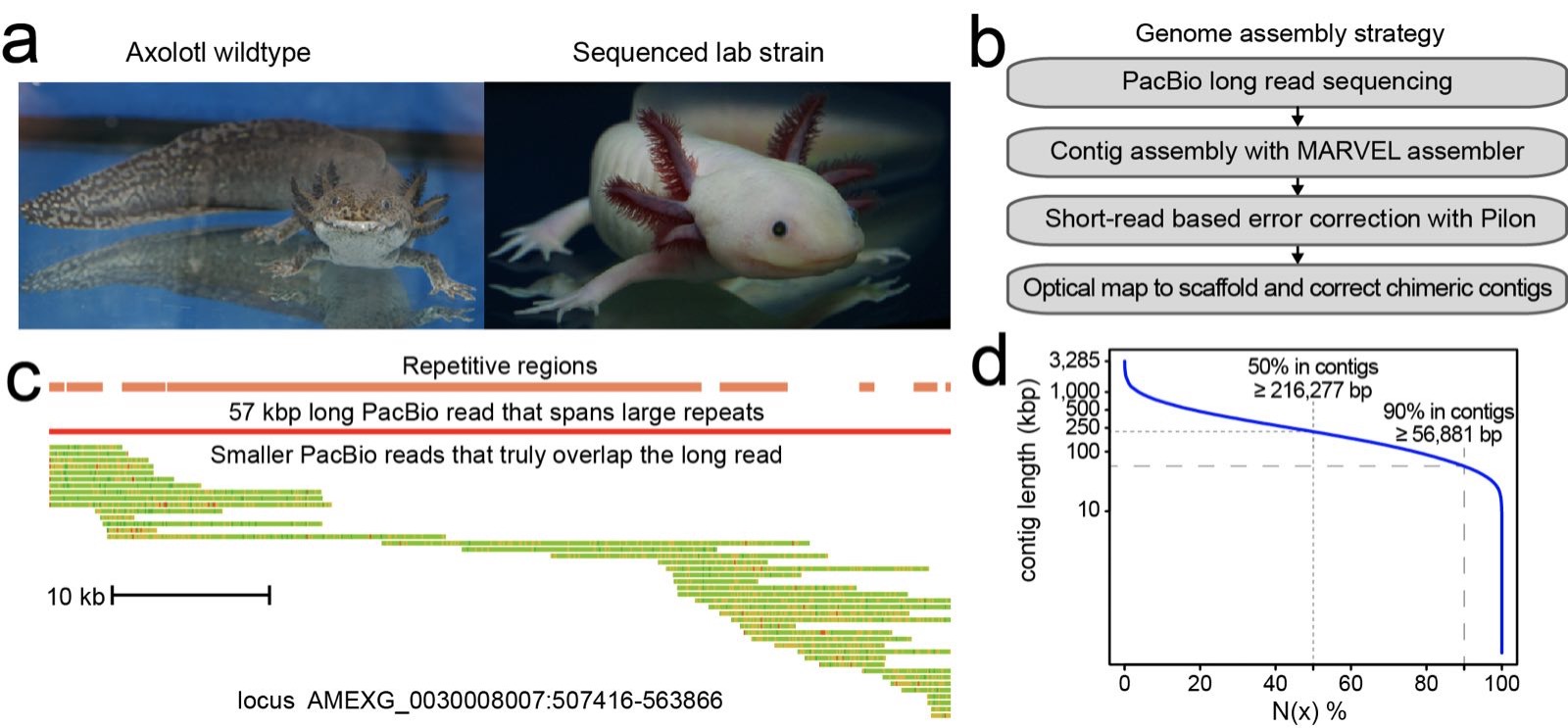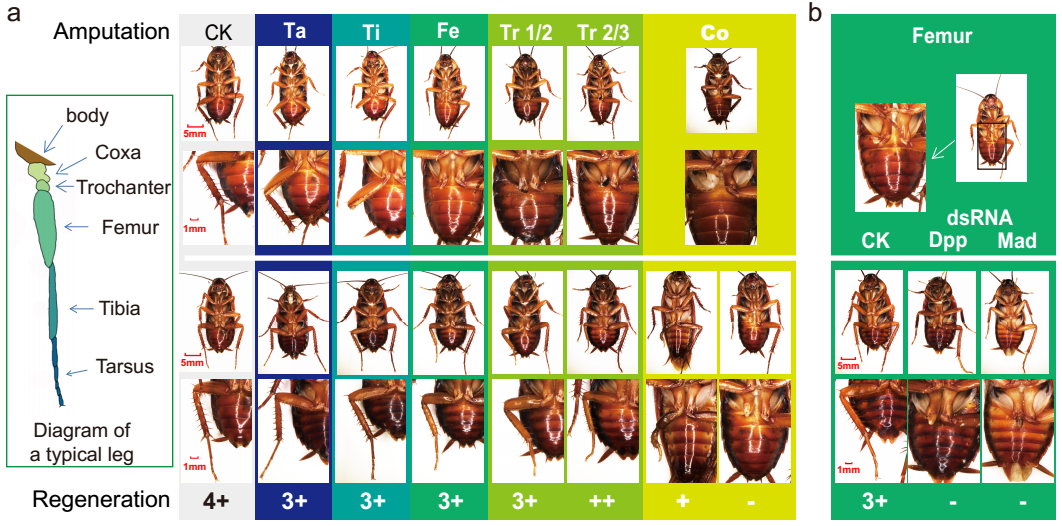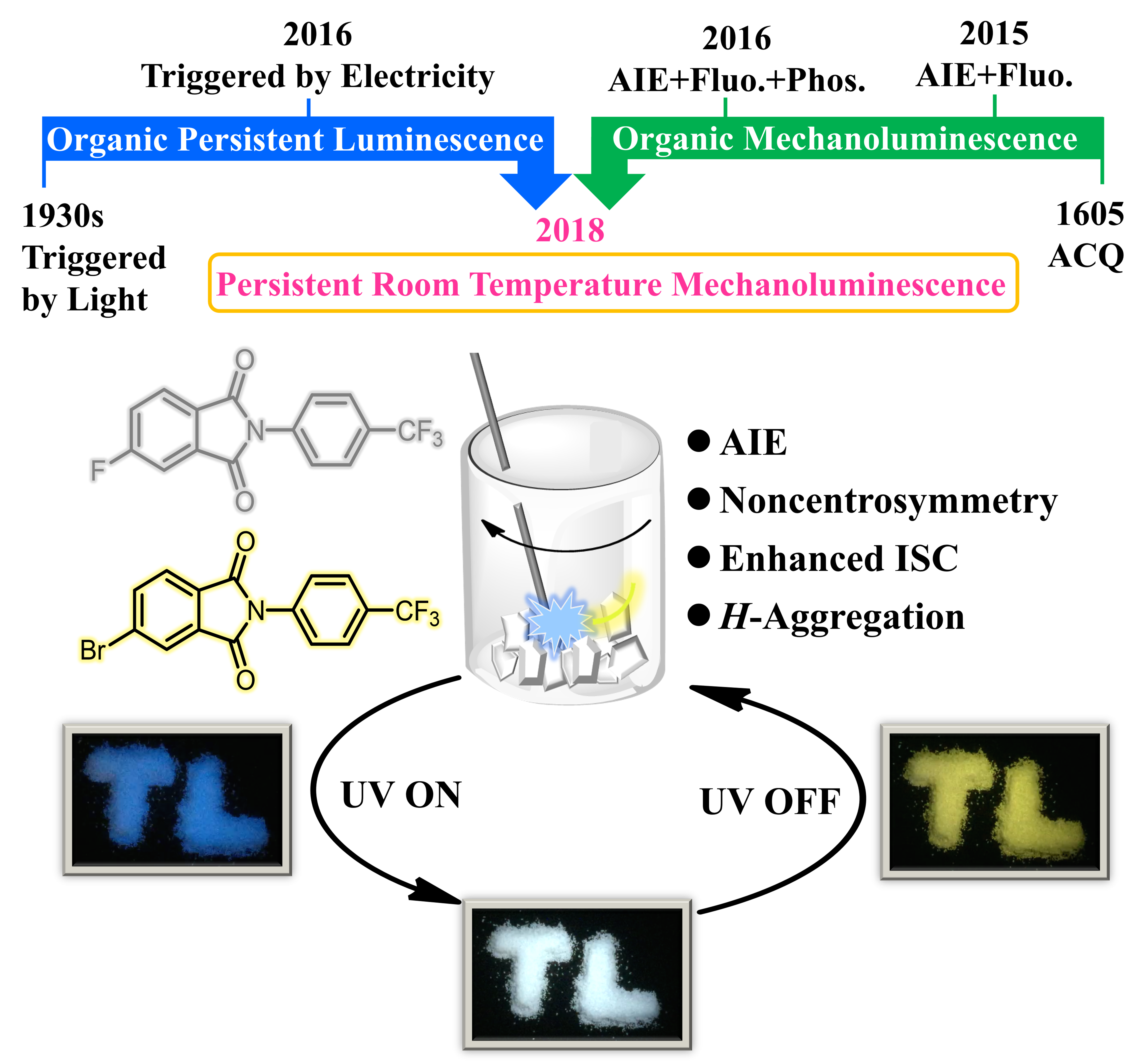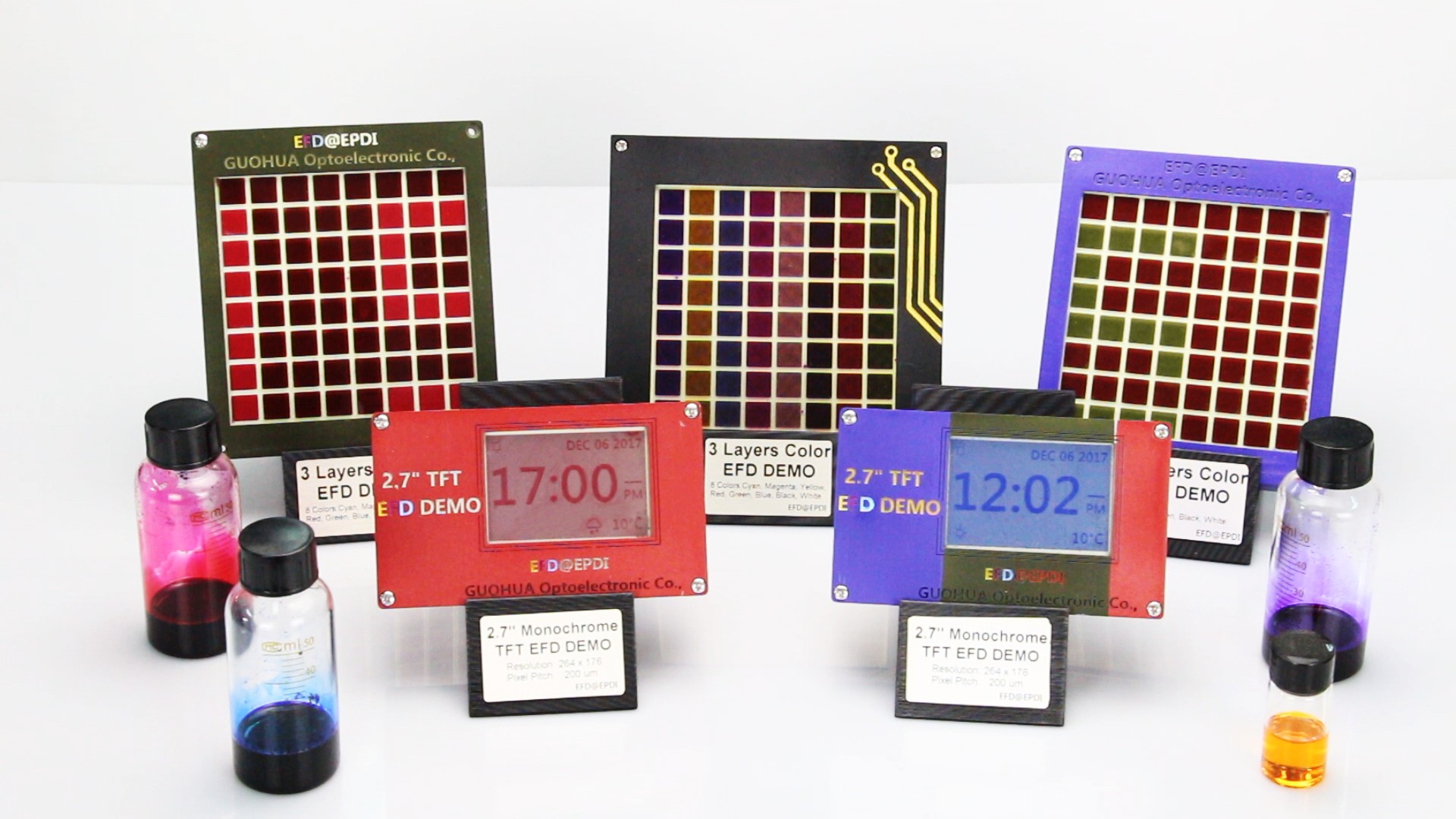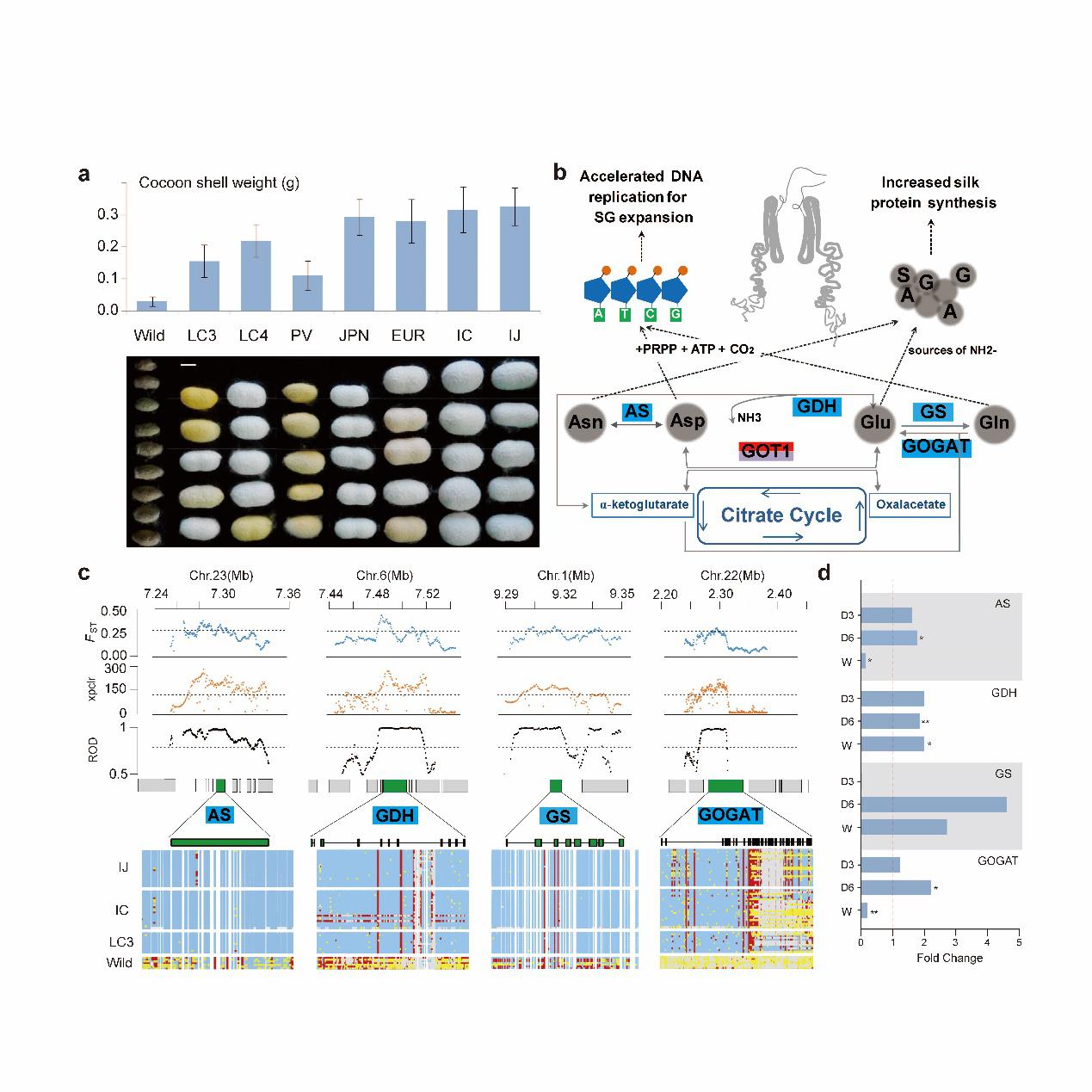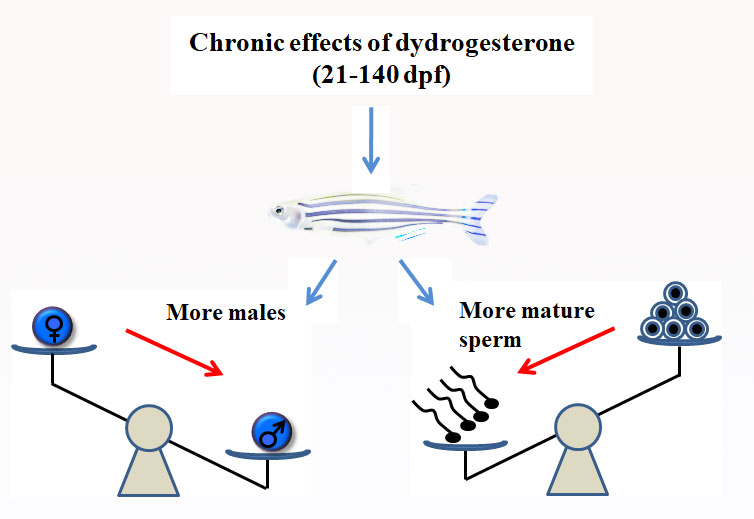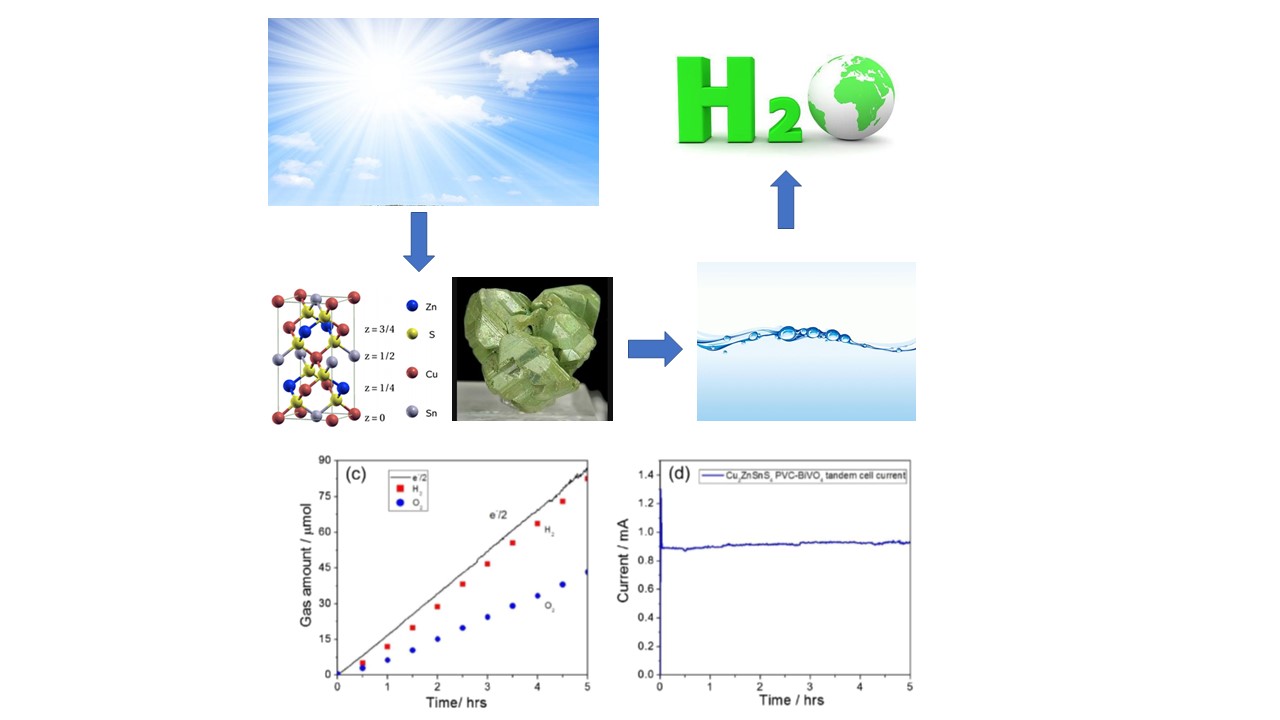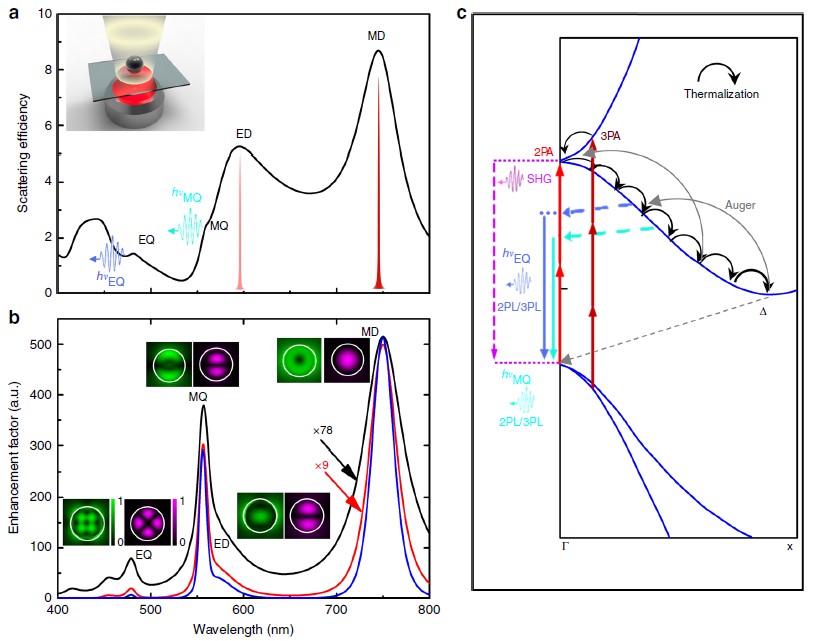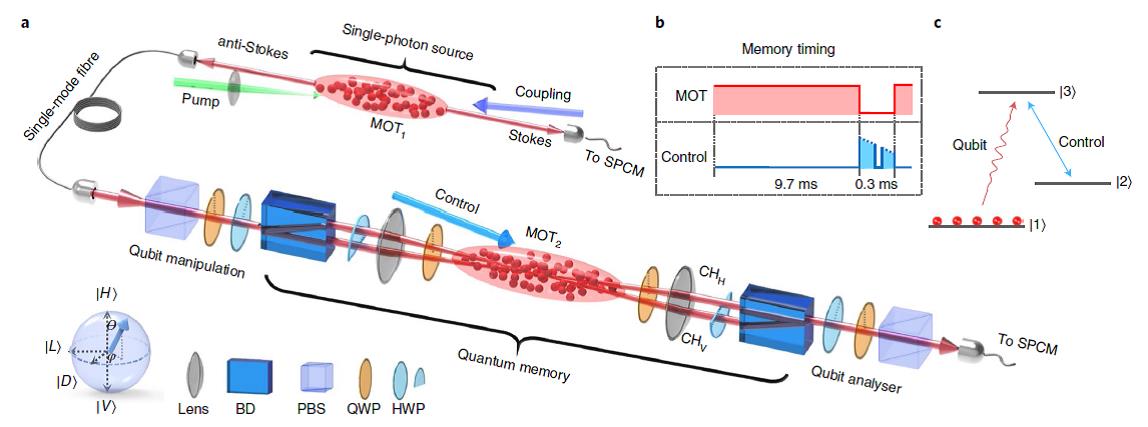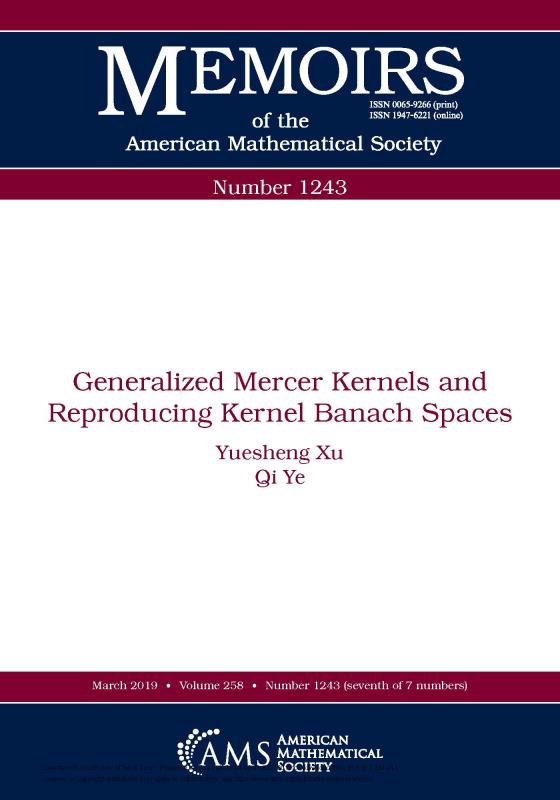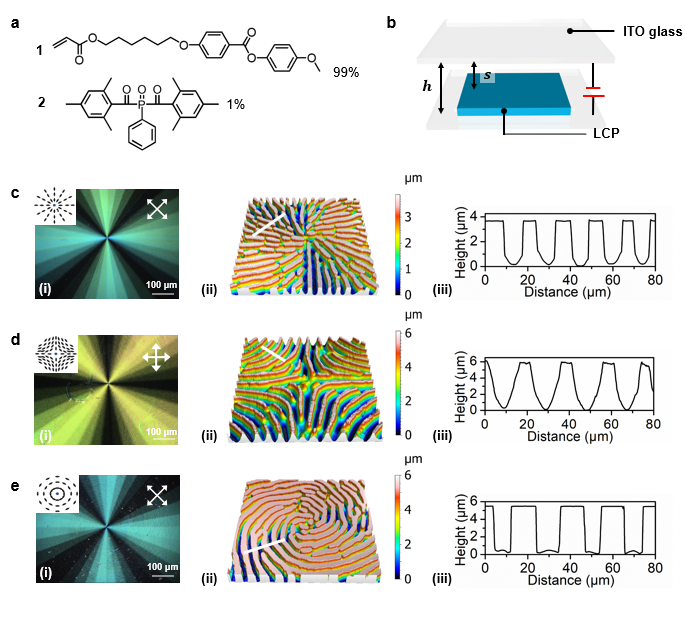
Likes
Associate Professor Zhao Wei, a young scientist from Prof. Zhou Guofu's team at South China Academy of Advanced Optoelectronics of SCNU, recently published their original research progress in the academic journal Advanced Science (IF: 15.84).
The finding reveals a new technology for storing hidden information based on the coupling between electrostatic interaction and the flow anisotropy of liquid crystal polymers. Actuated by a high-strength electric field (≥107 V∙m-1), the electrostatic force generated at the air-polymer interface can overcome the surface tension of the melt, which causes the inherent microscopic thermal disturbance of the polymer melt to continuously grow. From there, the polymer melt flows along the direction of the electric field, forming a 3D surface structure of specific shape and period. The flow anisotropy in liquid crystal polymers can be programed by pre-designing the director pattern, which makes it possible to translate 2D director profile to 3D topography directly and release stored information repeatedly.

Morphology, especially at the surface, is a vital surviving strategy for living creatures in nature. Inspired by nature, scientists have developed several technologies to fabricate surface patterns, most of them originate from conventional lithographic procedures, which needs complex and expensive optics and tedious fabrication steps.
The authors provide a new method for preparing micro-nano-scale surface morphology in liquid crystal polymers, using photo-alignment technology based on digital mask to induce self-assembly in liquid crystal mesogens, which does not involve complicated and time-consuming photolithography processes. Their method can not only be used for the preparation of responsive smart surfaces, but also provides new ideas for the storage and release of information.
Professor Zhao Wei and Professor Liu Danqing from Eindhoven University of Technology are the corresponding authors of this paper, while Prof. Zhou Guofu is the co-author; master student Lv Pengrong is listed as the first author.
Prof. Zhao’s team, affiliated with the Joint Research Lab of Device Integrated Responsive Materials (DIRM) at South China Academy of Advanced Optoelectronics, focus on the study of responsive smart materials and devices, mainly including smart windows, super-reflective devices, smart surface, responsive liquid crystal polymer and gel, etc. He has published lots of high-level research results in international academic journals since he joined SCNU as a top-notch young talent in 2018, among others, Progress in Polymer Science (SCI Impact Factor 22.62) and Advanced Optical Materials (SCI Impact Factor 8.286).
This work was finished with the support of the National Key R&D Program of China, Science and Technology project of Guangdong Province, Science and Technology Program of Guangzhou and Guangdong Provincial Key Laboratory of Optical Information Materials and Technology.
Source from South China Academy of Advanced Optoelectronics
Edited by Li Jianru
What to read next:
